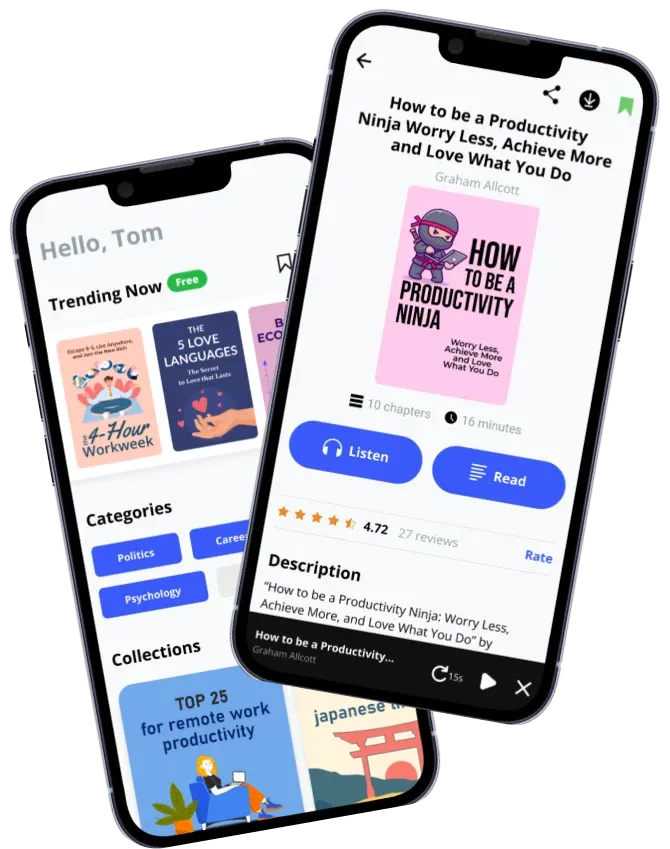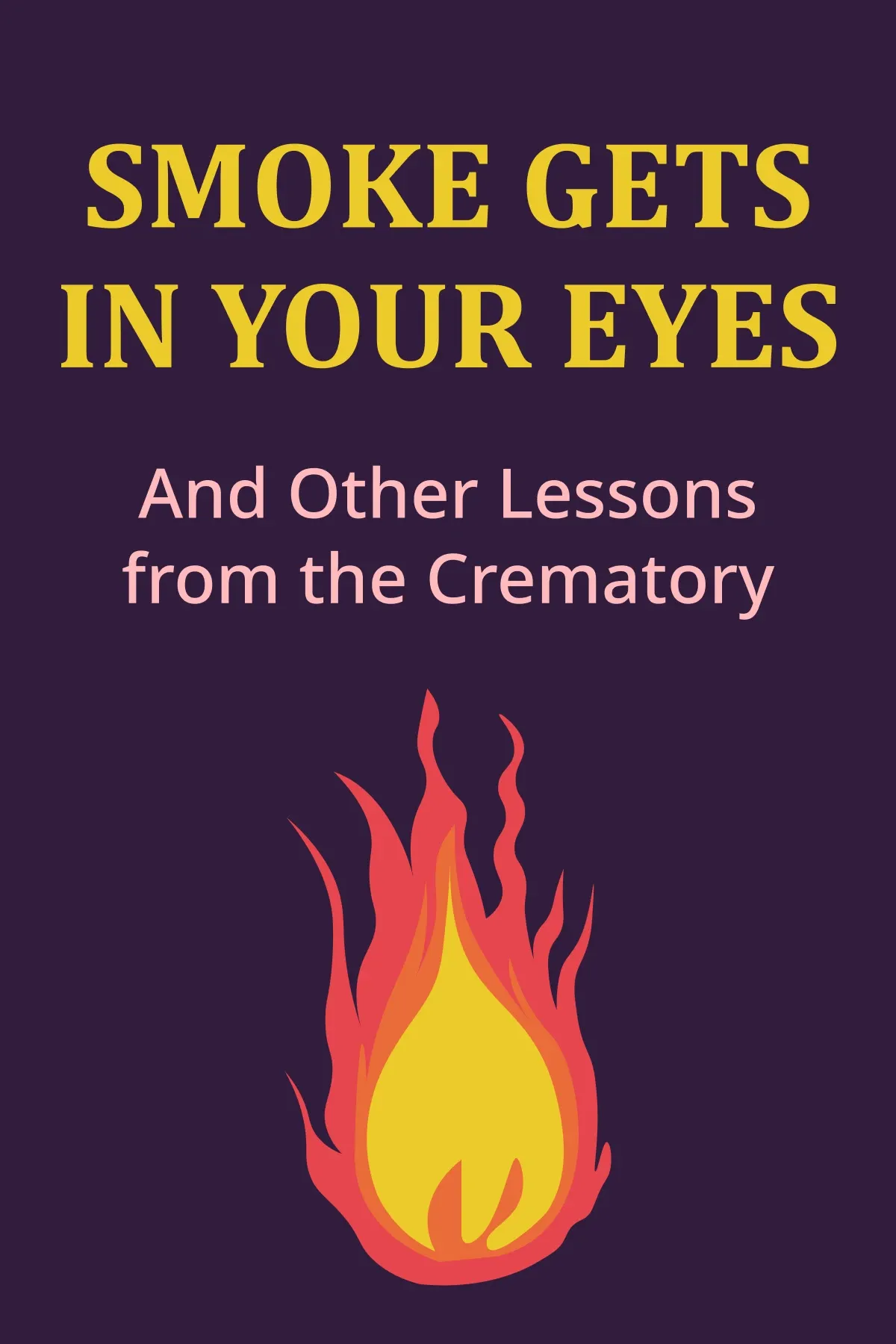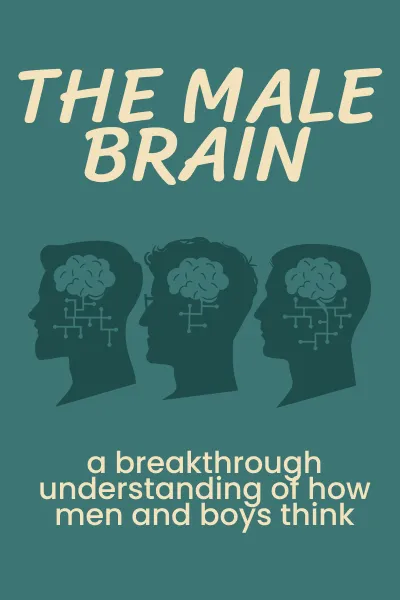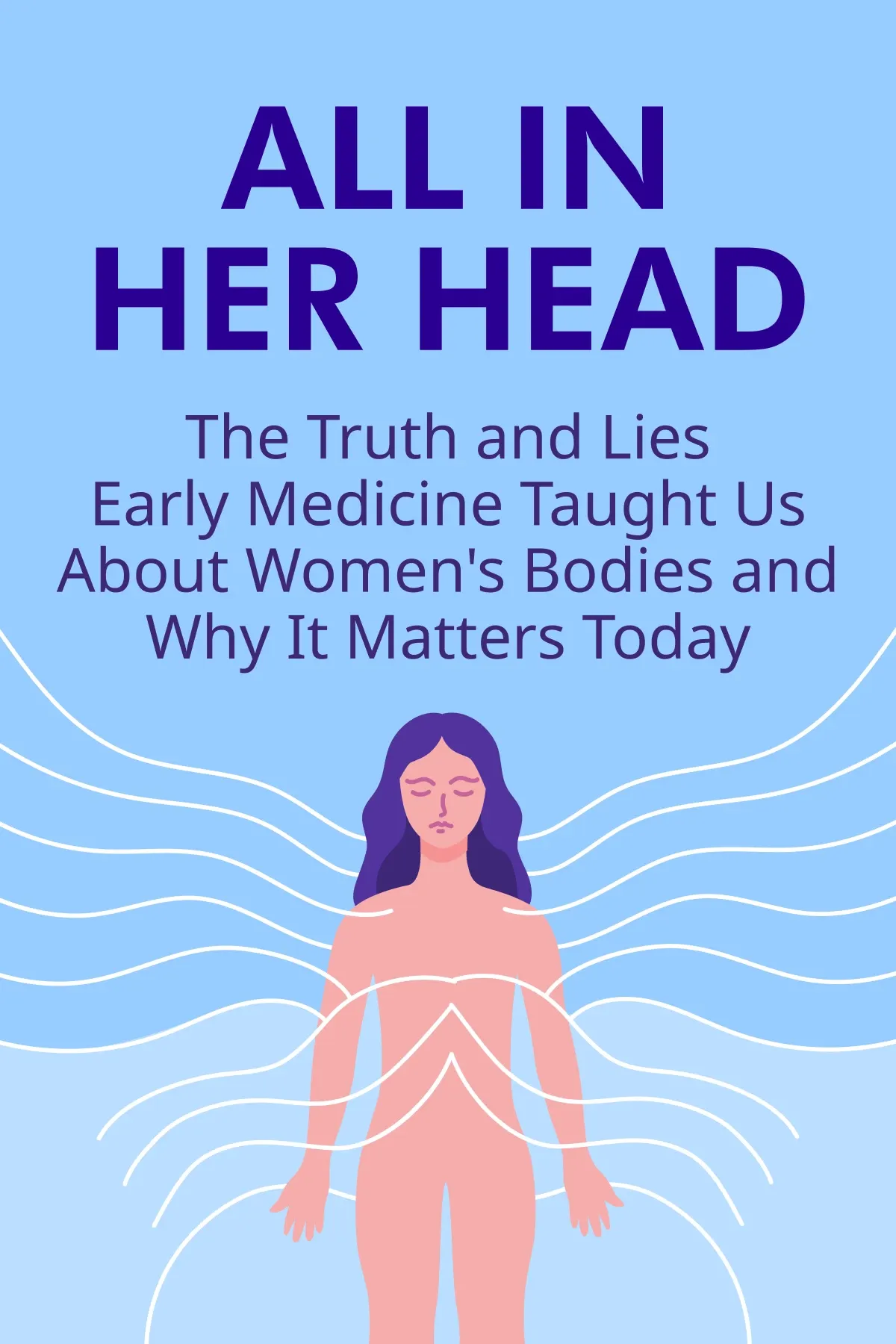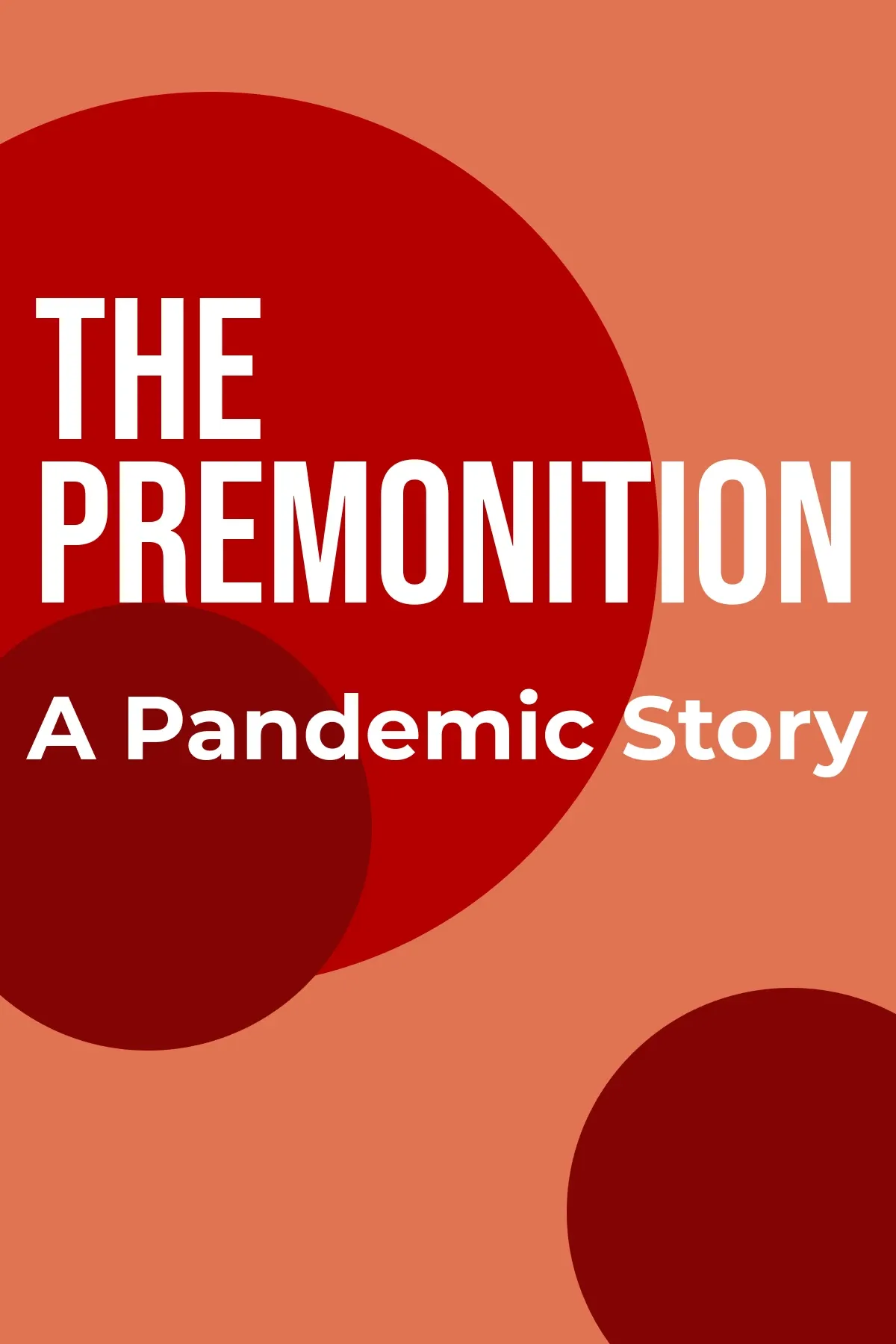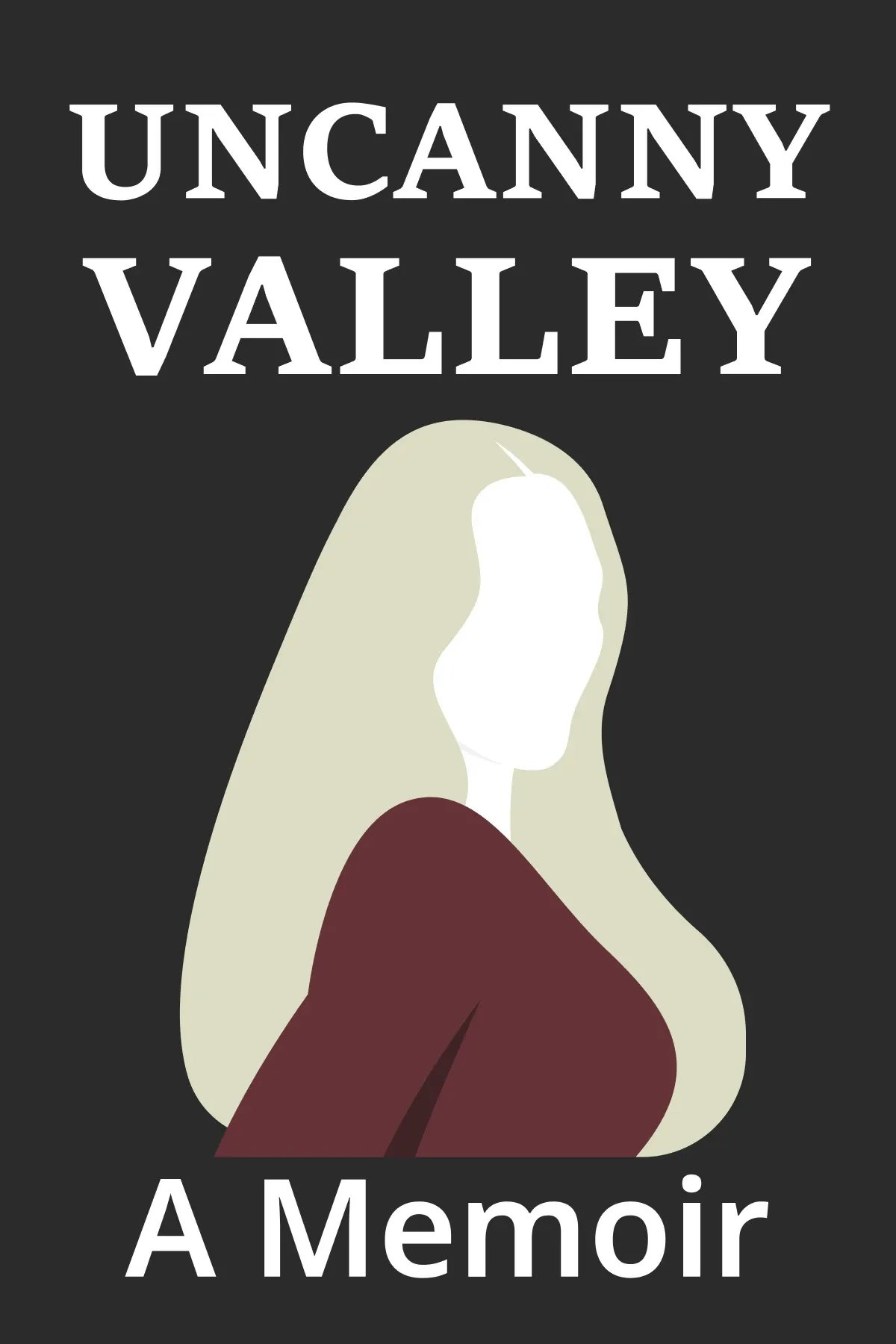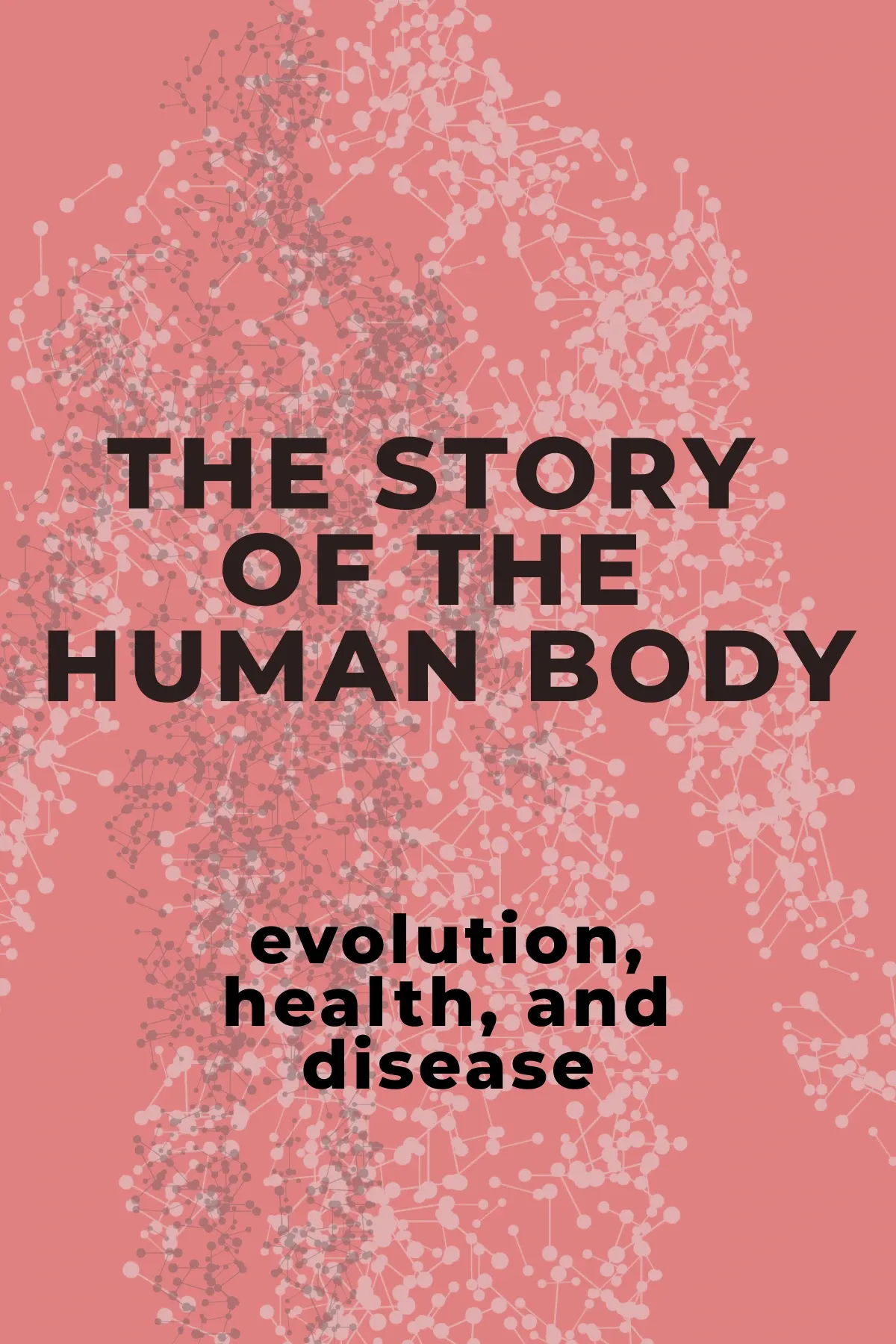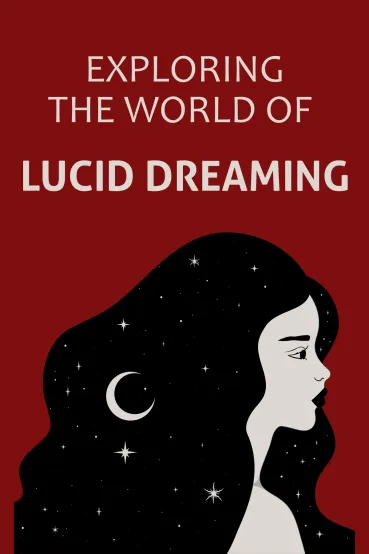
Exploring the World of Lucid Dreaming
Brief Summary
In “Exploring the World of Lucid Dreaming,” Stephen LaBerge and Howard Rheingold study the mysterious realm of lucid dreaming. LaBerge and Rheingold provide an in-depth examination of what lucid dreaming can bring to your life. They offer practical tips to help you become more aware of your dreams and provide insights into how this exploration can benefit your mental well-being.
Key points
Key idea 1 of 6
People have five main senses. Those are vision, touch, taste, smell, and hearing. Thanks to them, we can make sense of the world around us. For example, when we drink our morning coffee at the local café, our brain gathers sensory data. We see people, hear the coffee machine and chatters, smell the espresso. When our brain analyzes enough data, it signals that we are currently drinking coffee in the café.
When we dream, our brain interprets data in the same way as when we are conscious. The difference is that no outside factors limit what we experience in a dream. As our senses get paused, the brain uses stored data, like old memories or wishes. This makes our dreams unpredictable and exciting.
People dream, but very few can fully recall their dreams or experience a phenomenon called lucid dreaming. This effect, or rather, an experience, occurs when a person becomes aware of seeing a dream while still in the dreamland. Lucid dreaming has been documented in various historical periods and traditions. For instance, Tibetan Buddhists practiced “dream yoga.” They tried to reach a state of clarity for greater understanding. Even Aristotle mentioned consciousness while dreaming. However, people actually started exploring lucid dreaming relatively recently.
Scientists began to develop an interest in lucid dreaming after the 1950s. The key figures of these studies were Keith Hearne and Stephen LaBerge, who put in a lot of work to understand what stands behind this state. Scientists also made a big step forward by figuring out ways to detect lucid dreams in a controlled environment. They used special devices to track brain responses and the way people's eyes moved. This showed that people were in the rapid eye movement, or REM. It’s a stage of sleep when we can have lucid dreams. This research and reports from people turned lucid dreaming from a form of imagination into a real topic of scholarly interest.
Although lucid dreaming may seem like a natural gift, many people can indulge in it. Moreover, people who experience lucid dreaming often share that this phenomenon positively impacts their lives.
You may also like these summaries
